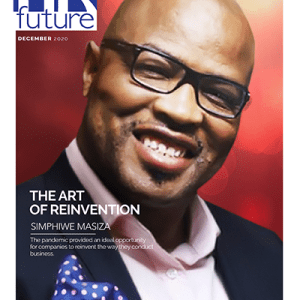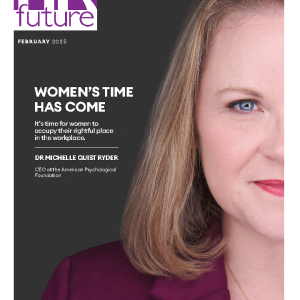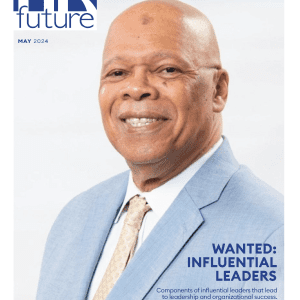Leaders get the innovation they deserve.
When the Disney CEO was asked to choose one winner from twelve finalists in an internal competition for new business ideas he responded, “Let’s just do them all! Can’t a company our size try something every once in a while just because it feels right? What if it does fail? It’s still not going to cost as much as one expensive movie script.”
He was right. Not all the ideas worked but the ones that did transformed Disney from a backwater family favourite to a global entertainment mega-giant. And they all came from existing members of the company in the first three months of CEO Eisner’s tenure. He adopted a style that was playful and bold, holding informal staff lunches – not to grill them on numbers and projects but to liberate creativity.
He led by example by proposing off-the-wall ideas, and encouraging his team to give him the ideas that might embarrass them, to give ideas that went too far.
Leaders set the tone. Maybe you know that already, but it’s worth repeating. Every little thing you do and say as a leader sends a message about what you want, what you care about, and whether supporting you will be worthwhile. Steve Jobs told the team that was building the Apple Mac computer, “We’re here to put a dent in the universe. Otherwise, why even be here?”
His words gave the team permission to challenge boundaries. Permission freed them to do amazing work. It provided an audience for innovation. They knew that their leader knew and cared about the difference between mediocre and brilliant, ugly and beautiful.
If the leader focuses on the future, people will take more time to prepare for the future. Thinking about the future makes it easier to believe the impossible will be possible. Customers will demand, and competitors will deliver, what is impossible now. Working backwards from the future makes it easier to imagine and play our part.
If the leader focuses on the present, people will spend most of their time doing what they can in the present. Thinking about here-and-now tends to trap people in the rules and pressure of the moment. People work hard to make end of month goals but don’t pay attention to what customers need next year. Imagination and investment must come before innovation.
It is difficult to imagine progress without time in which to make it and difficult to invest effort in the present without time in which to reap dividends. Innovation is unlikely for those stuck in the short term.
Leaders matter to innovation. The way you think. The way you talk. The way you talk about how you think. People look for signals from their leaders. Signs. Symbols. They may say nothing but notice everything.
There are many best ways of leading originality. Each would depend on the type of company, the people involved and the kind of innovation desired by the leader. Here are three broad groups of effective innovation leader: First, the brash, colourful, look-at-me, egomaniac who has mile-high expectations and no sense of what can and can’t be achieved. Unrealistic. Impossible. Childish. Argues. Throws Tantrums. Never satisfied.
Second, the quiet, unassuming executive. No flashiness. Making decisions about process and rewards that make innovation easier. They work behind the scenes. They avoid the media. They remove bottlenecks. They are about team. Never arrogant.
Think of Lou Gerstner arriving as CEO at IBM. The company was failing. He made the decision to keep the company together. He urged the company to fight the competition not each other. He understood that the team could solve its own problems as long as egos did not get in the way. He helped the company to free its creativity.
Innovation was the result.
The third group fits somewhere between the other two! The point is that there are two ways of leading innovation. Both work. A combination of the two is probably ideal. Inspirational when necessary, methodical facilitator of human creativity for the rest of the time.
Successful innovation depends on leadership. People want to know where they are going and whether the destination is worth the pain of the moment. It is here that the leader’s ability to make the future seem desirable and a path to that future seem possible is valuable.
Dr Max Mckeown, maxmckeown.com, is a behavioural strategist, scientist and the author of #NOW, Adaptability, The Strategy Book and The Innovation Book.




















